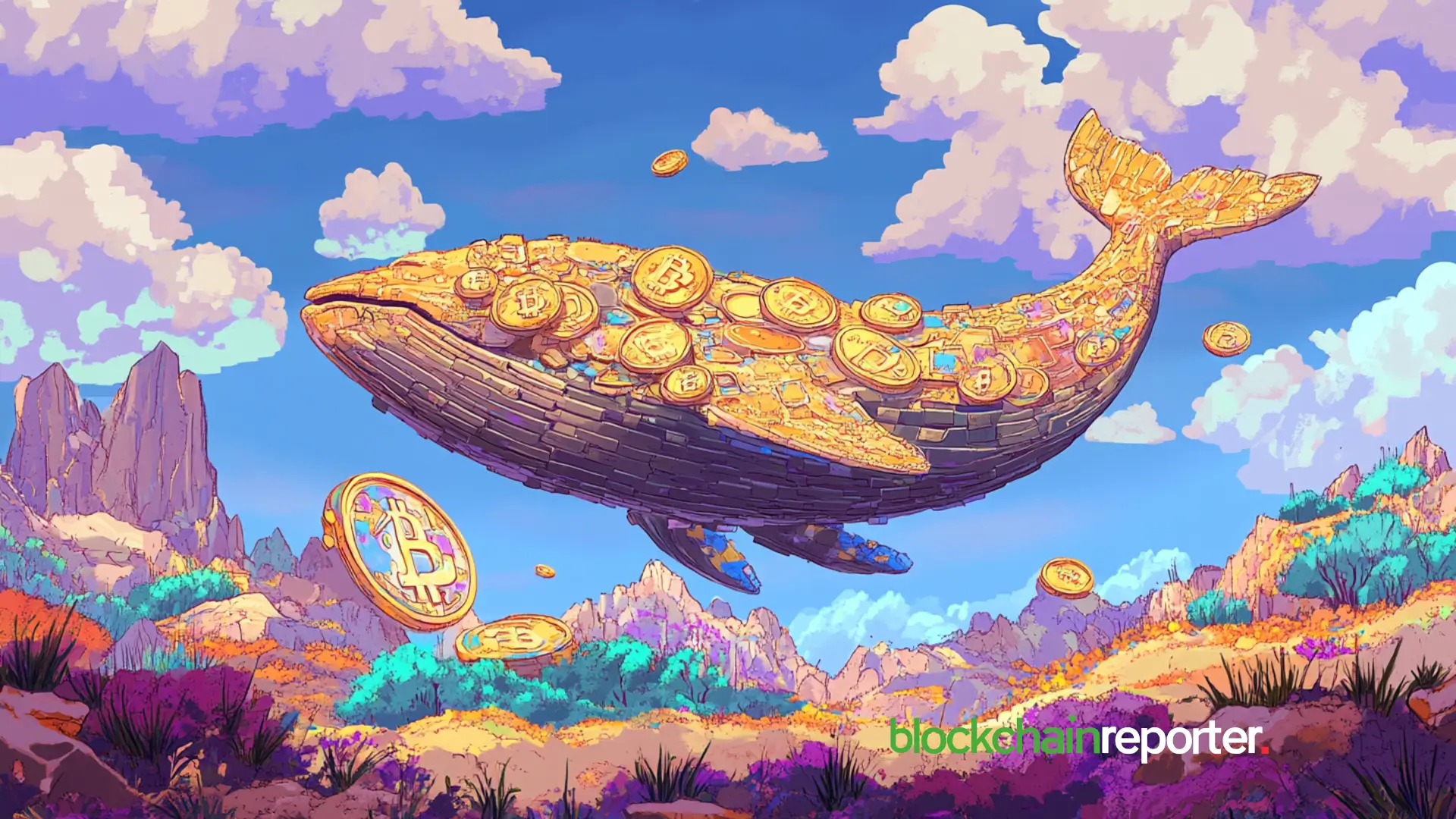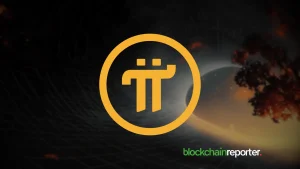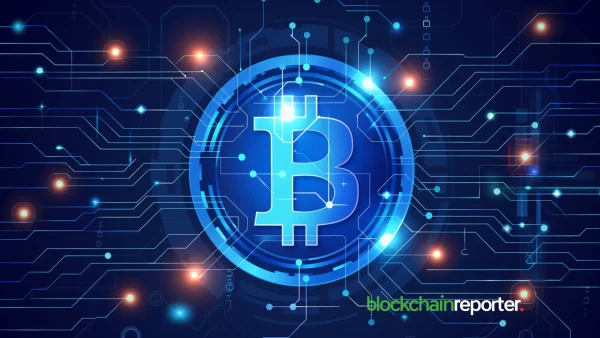
A cryptocurrency whale has made a significant move, purchasing 1,225 $BTC worth about $92 million just hours ago. According to Lookonchain, this adds to a growing trend of large Bitcoin acquisitions by institutional investors. The move signals ongoing confidence in Bitcoin’s long-term value, despite market fluctuations.
Whale Buys 1,775 BTC for $131M in One Week, Raising Market Speculation
This purchase came on the heels of another massive purchase on November 1, when the same wallet bought 550 $BTC for $38.68 million. The timing of both transactions implies that the whale may have bought Bitcoin at a lower price once it seemed to be decreasing. Such strategies are considered as long-term investment strategies in the uncertain markets.
In total, the whale has bought 1,775 BTC in the last week, which equals $131 million. This kind of buying has attracted the attention of analysts due to its high concentration. Some think that the whale is preparing for the future rates hike that is possible at the moment.
Whale Large Bitcoin Moves Attract Attention Amid Ongoing Price Volatility
While the identity of the whale is still unknown, such actions have attracted a lot of interest within the crypto community. The acquisition of such a significant amount of Bitcoin, reported by Lookonchain, in a short period also magnifies the impact of market players that possess massive capital. It will be equally important in future to monitor the actions of other players within this institutional context as the price of Bitcoin remains volatile.















